Infrastructure Reconstruction
By Marcus Kirkwood
Why does my car sound like a machine gun shooting rubber pellets when I’m driving down the highway? What’s the deal with all these potholes? Why are there giant thumps every time I go over a bridge? How come some roads are asphalt and others are concrete? What do airplanes land on and how do they handle all of that weight? Great questions! We will answer all of those questions and more in a series of blogs about Infrastructure coming to you in 2020.
Why does my car sound like a machine gun shooting rubber pellets when I’m driving down the highway?
Depending on what part of the country you live in, you may be noticing a pretty dramatic increase in concrete roads and highways taking the place of asphalt. What’s the deal with that?
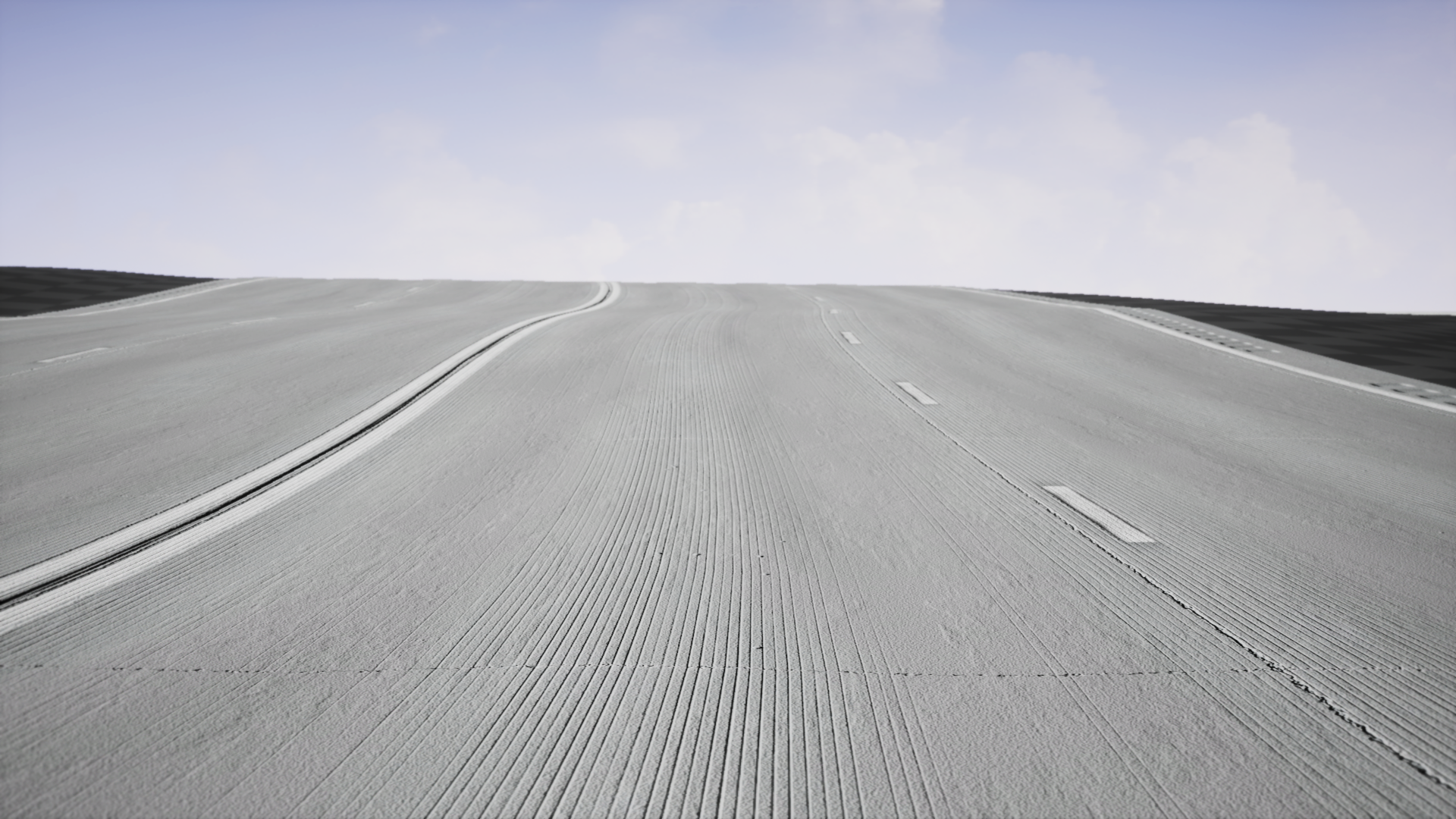
There are a two big reasons:
1. Longevity. Concrete lasts a whole lot longer than asphalt. It’s a much more durable material overall so potholes don’t form as quickly as asphalt. It will also stand up better to the gradual erosion caused by the weight of vehicles and friction from their tires.
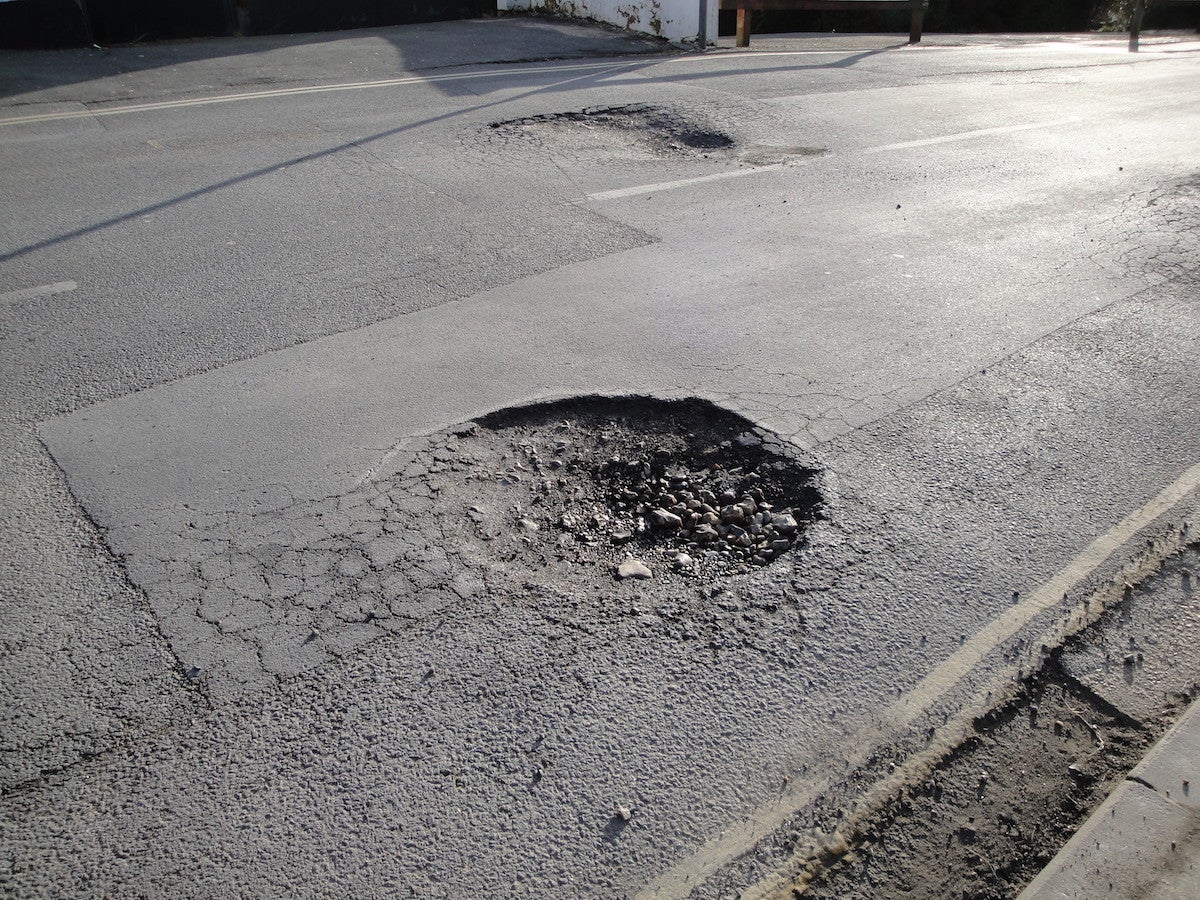
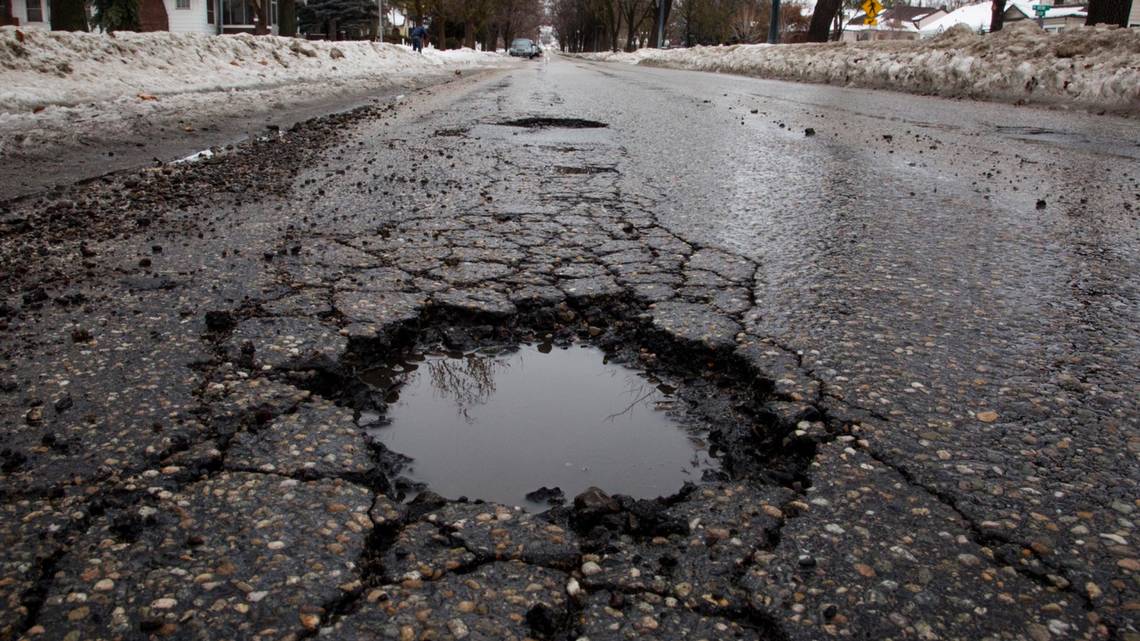
2. Safety. As asphalt gets older, it tends to shift shapes. Have you ever noticed those grooves in asphalt roads? It’s almost like your tire fits perfectly in them as you travel down the road. These can be very dangerous. They make it more difficult to control your vehicle in general, but in wet conditions, they can cause hydroplaning much more rapidly.
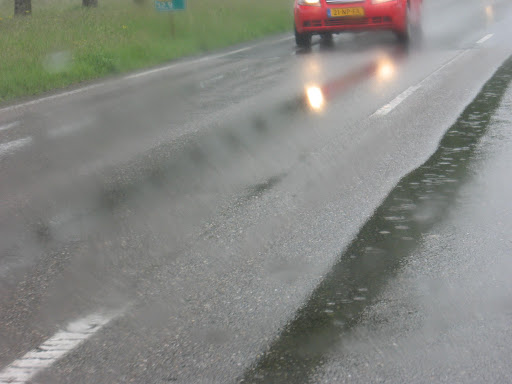
Because concrete roads are becoming more prevalent, the downsides of concrete infrastructure are rising with them. So what’s that thumping you hear? To put it bluntly, it’s poor construction. There could be a list of factors at play but here’s what’s happened.
Pouring concrete is done in sections. It is either poured in panels or it is poured in one long stretch and then cut. There’s one definite rule in the world of concrete. IT WILL CRACK. Not it might crack. It will crack. By creating shallow cuts in concrete, we are creating control joints. Those joints just tell the concrete where to crack so it doesn’t crack and break uncontrollable ways. Whether sections are created with a hand tool during the pour, they are cut with a saw while concrete is still ‘green’ (not completely cured) or there are separate slabs altogether, each of those sections can shift and move on their own. When you’re feeling those bumps, those sections cured in a slightly concave fashion. You can’t see it just by looking, but each of those panels has a slight bowl-like shape. As you cruise down the highway at 65 mph, you’re hitting a new panel every split second. Each new panel you hit is making a slapping sound with your tires because the transition from one panel to the next isn’t seamless.
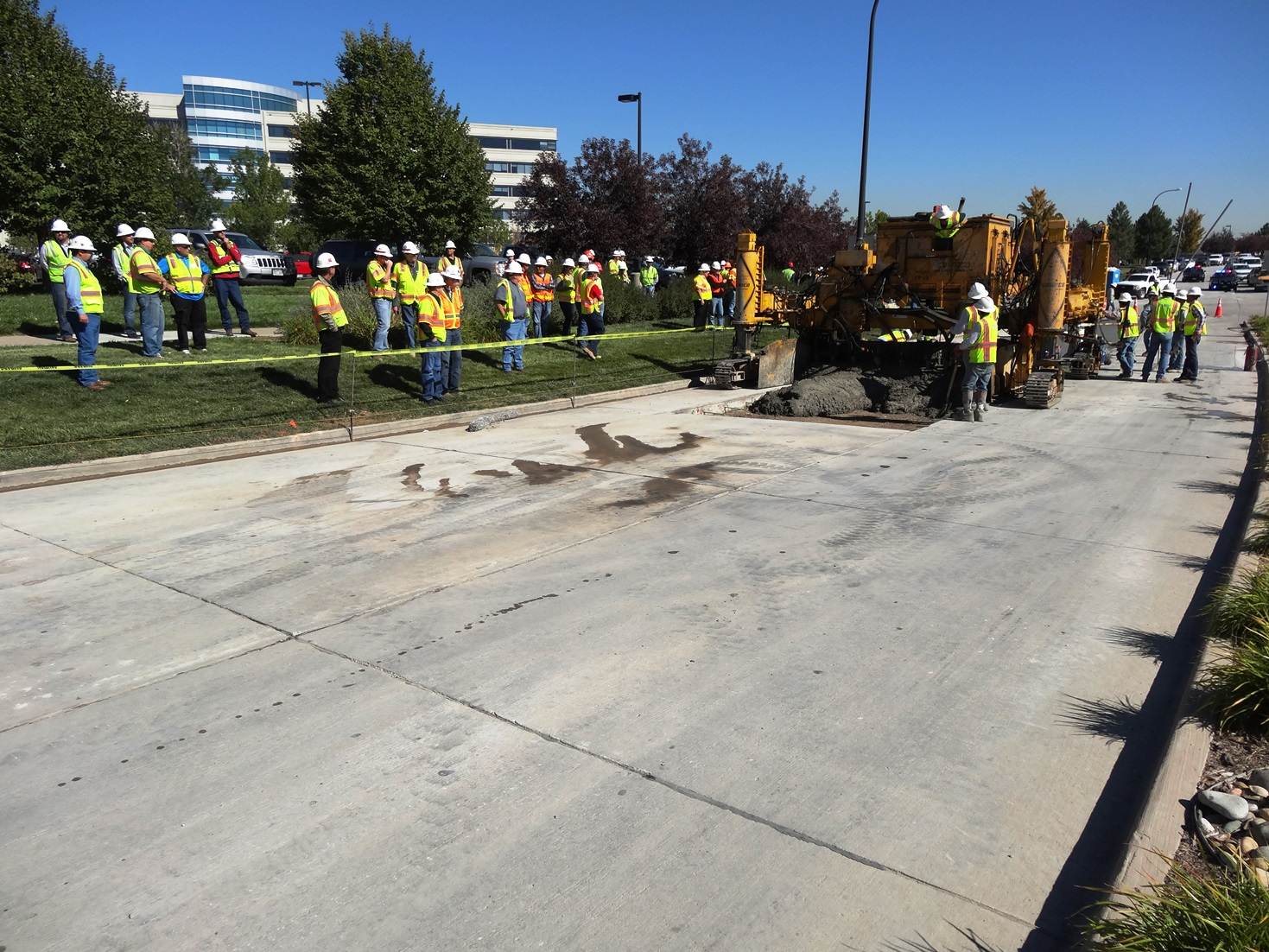
So every time you’re driving on concrete and hear the noise the construction is bad? No. Concrete is just a louder surface to drive on than asphalt by nature. Those control joints and the lack of elasticity in concrete make it noisier and there’s nothing that can be done about it. Long story short: a methodical humming is normal. A ‘whap whap whap’ tells you that the contractor that put the concrete in place could’ve done a better job.